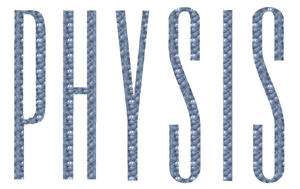Abstract
Objective: To carry out a descriptive analysis of direct private household health expenditures and socioeconomic vulnerability associated with the condition of Microcephaly, one of the most evidence manifestations of Congenital Zika Syndrome (CZS). The outbreak of microcephaly and other neurological disorders in children under one year of age was linked to Zika virus infection during the 2015-2016 epidemic in Brazil. Method: Ninety-six interviews were carried out in two specialized care centers for children with microcephaly in the cities of Rio de Janeiro and Fortaleza, Brazil. The structured questionnaire covered sociodemographic characteristics, out-of-pocket expenditures associated with the disease, and strategies adopted by families to deal with the financial challenges imposed by the congenital anomaly. Results: The households were mostly headed by non-whites and belonged to classes C and D-E. Expenditures on medicines accounted for 78% of medical expenses, while transportation represented 46% of private non-medical expenses. Most households faced debt and reduced domestic consumption, including food, to meet the expenses incurred by the disease. Conclusion: Microcephaly appears to reinforce the socioeconomic vulnerability of families, reinforcing the vicious circle characteristic of the health-poverty trap conceptual approach.
Keywords:
Microcephaly; Congenital Zika syndrome; Out-of-pocket health expenditures; Health-poverty trap

 Thumbnail
Thumbnail
 Source: The authors. NS/NR: Does not know/Does not answer * Minimum wage in 2018 = R$954 (present currency). ┼ Total of respondentes Total of respondents for the socioeconomic stratum variable totals 94 because two participants were unable to detail the quantity of all items of goods and services consumed by the household. Detailing these quantities is necessary to calculate the socioeconomic stratum. For more information, see ABEP (2018).
Source: The authors. NS/NR: Does not know/Does not answer * Minimum wage in 2018 = R$954 (present currency). ┼ Total of respondentes Total of respondents for the socioeconomic stratum variable totals 94 because two participants were unable to detail the quantity of all items of goods and services consumed by the household. Detailing these quantities is necessary to calculate the socioeconomic stratum. For more information, see ABEP (2018).